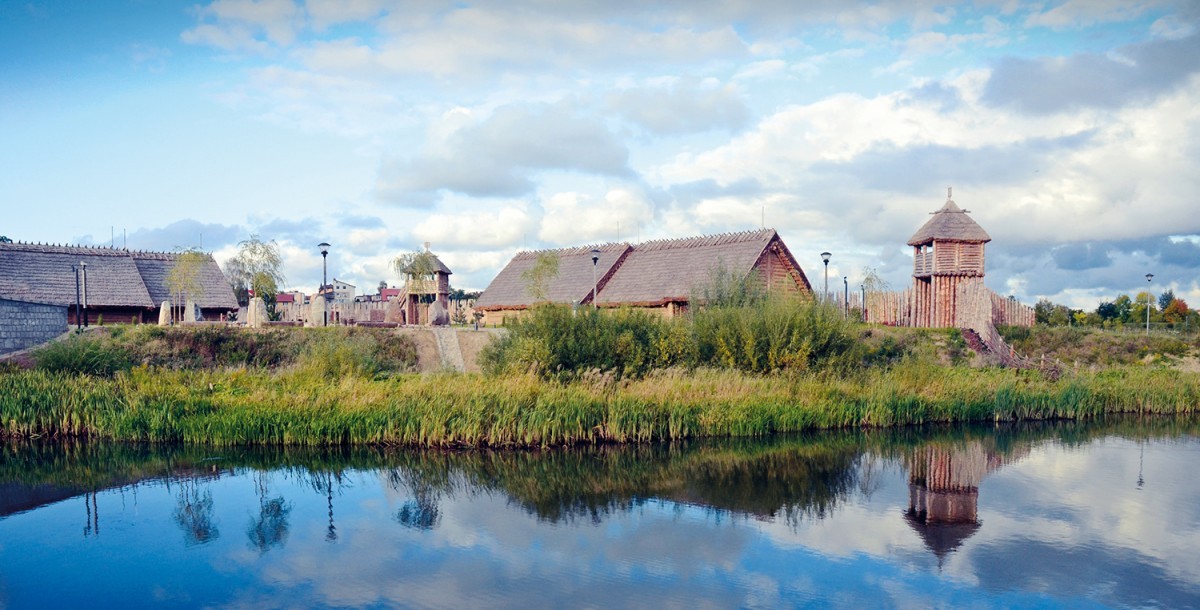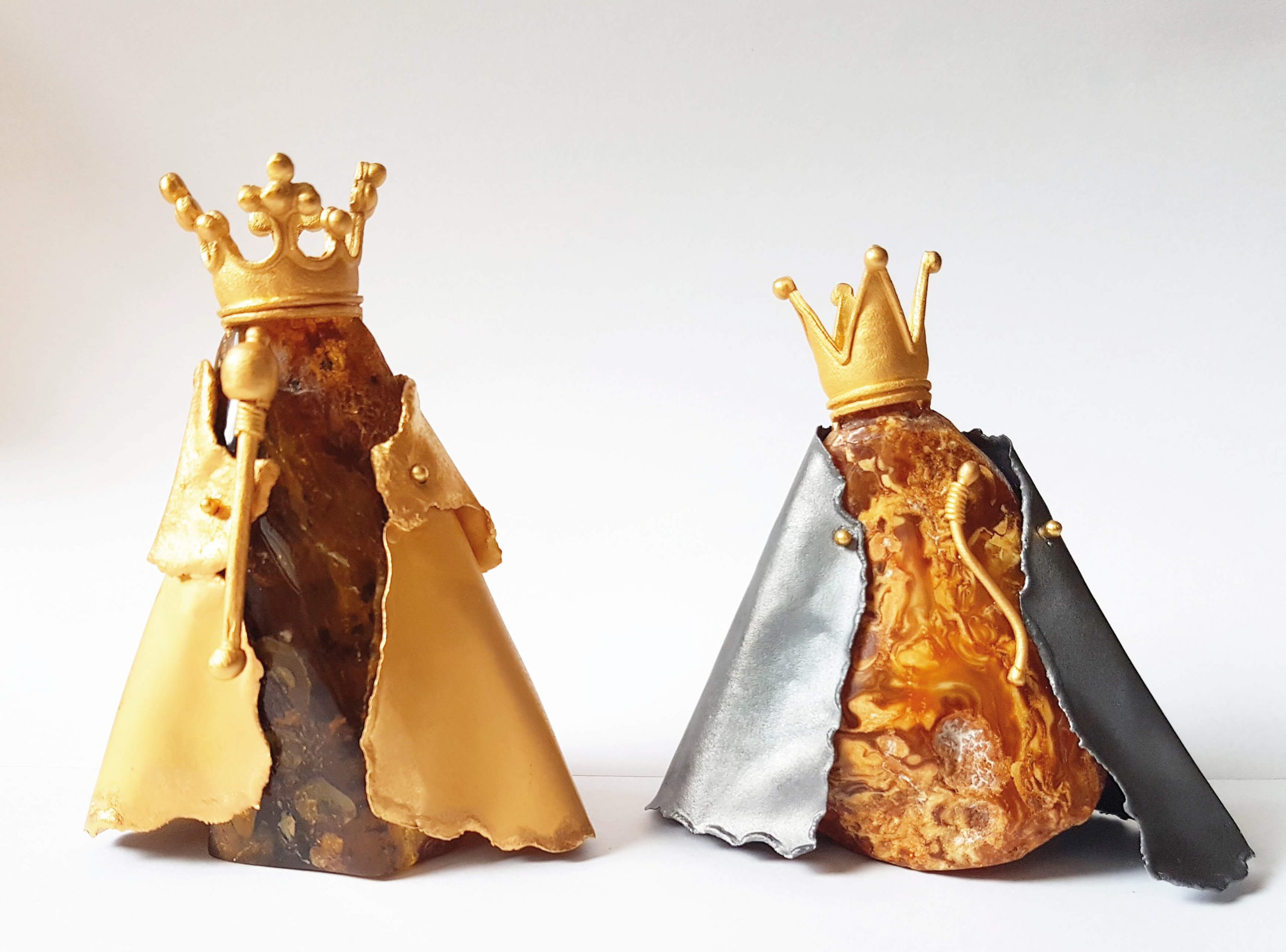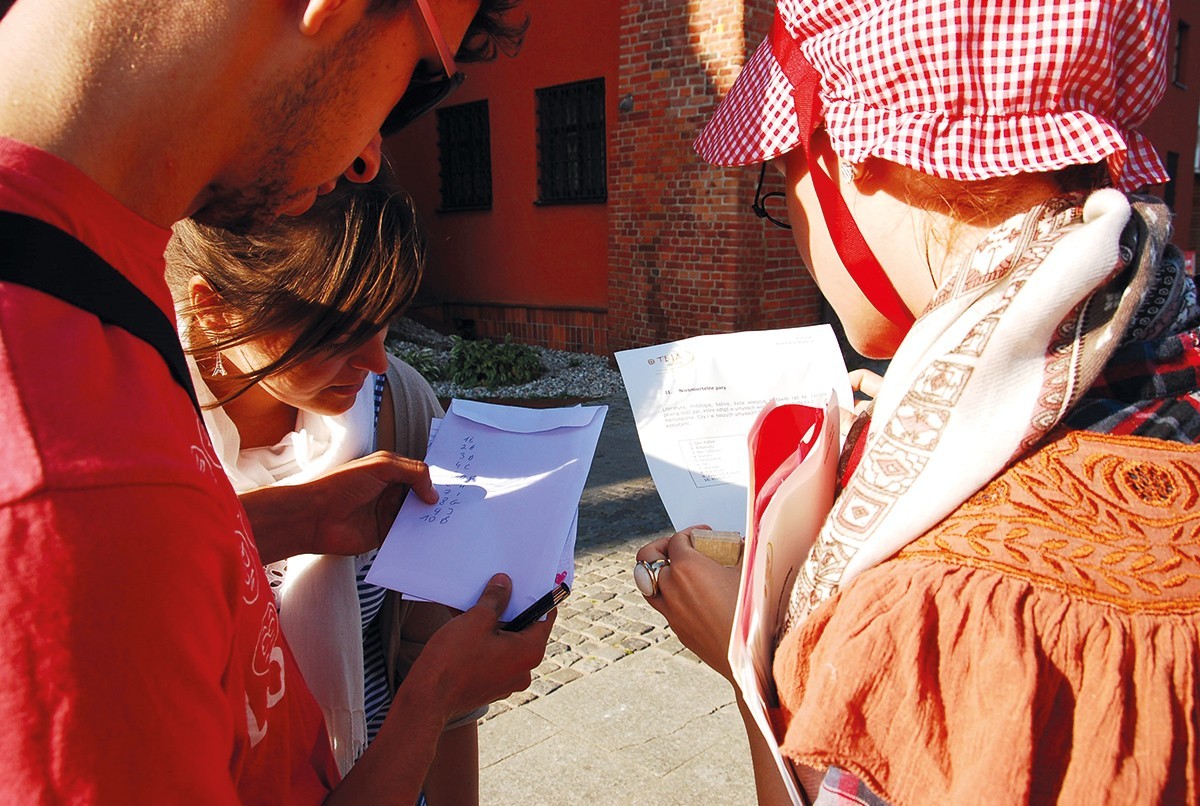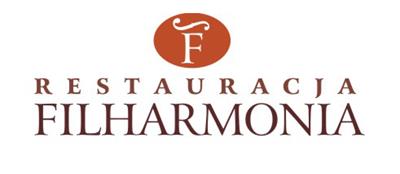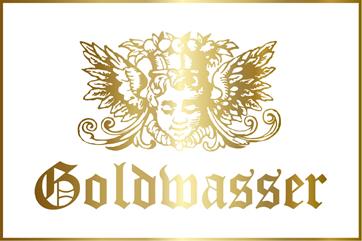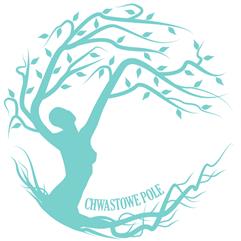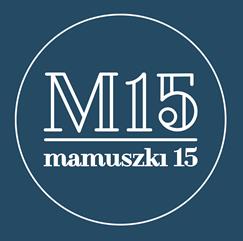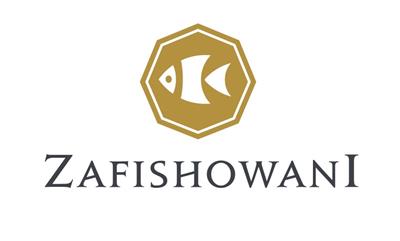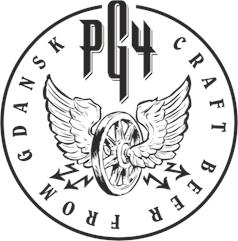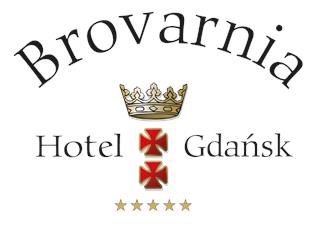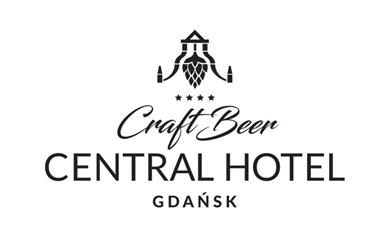Amber is the hardened fossil resin of trees, one of over 130 kinds that can be found all around the world. They differ by place, age and the tree of origin. Baltic amber was formed more than 40 million years ago. Its largest deposits are located under the seabed of the Bay of Gdańsk. It is the only fossil resin to contain from 3% to 8% of succinic acid, which is a natural catalyst for cell metabolism, making it beneficial for health.
Natural amber is characterized by the richness of colour and variety of types. The varied colour palette and different degrees of transparency were created by the conditions to which the amber was exposed while travelling between deposits. Basking in the sun among the dunes, weathering in the sand, going through changes in humidity or being compressed by a glacier, amber in a natural way gained those features that are now desired and even artificially induced in order to satisfy popular demand.
Its unique characteristics have mesmerized people since the prehistoric era. The Neolithic saw amber mining on a large scale, evidence of which was discovered at archaeological sites associated with the people that inhabited Pomerania 4,500 years ago. This may be considered the beginning of the Amber Route, understood as the general direction in which local goods were exchanged with peoples living in the south. It was not a road in a direct sense of the word but a set of trading routes by which amber was delivered from the coast of the Baltic Sea to the Mediterranean. The greatest number of artefacts from amber routes of old, which stretched from the Baltic to the Adriatic, date back to the 1st-2nd centuries CE, when the Roman eques (knight) Julianus set off to and reached the Baltic Sea in search for amber. At that time, before the Migration Period had begun, the amber routes were established and with them Roman culture and customs reached deep into the northern part of the European continent. For many centuries, amber was extremely popular and the demand for it was soaring, not only among the indigenous peoples of the Baltic Sea coast, but also the Phoenicians, Persians, Greeks and Romans.
In large parts of Europe today, from the Baltic States to Greece and Italy, efforts are made to recreate the course of this important trade route and reconstruct its history. Serving this purpose are numerous museums, settlement reconstructions, such as the Austrian Carnuntum or the Faktoria in Pruszcz Gdański, Poland, as well as various historical reenactments and shows.



